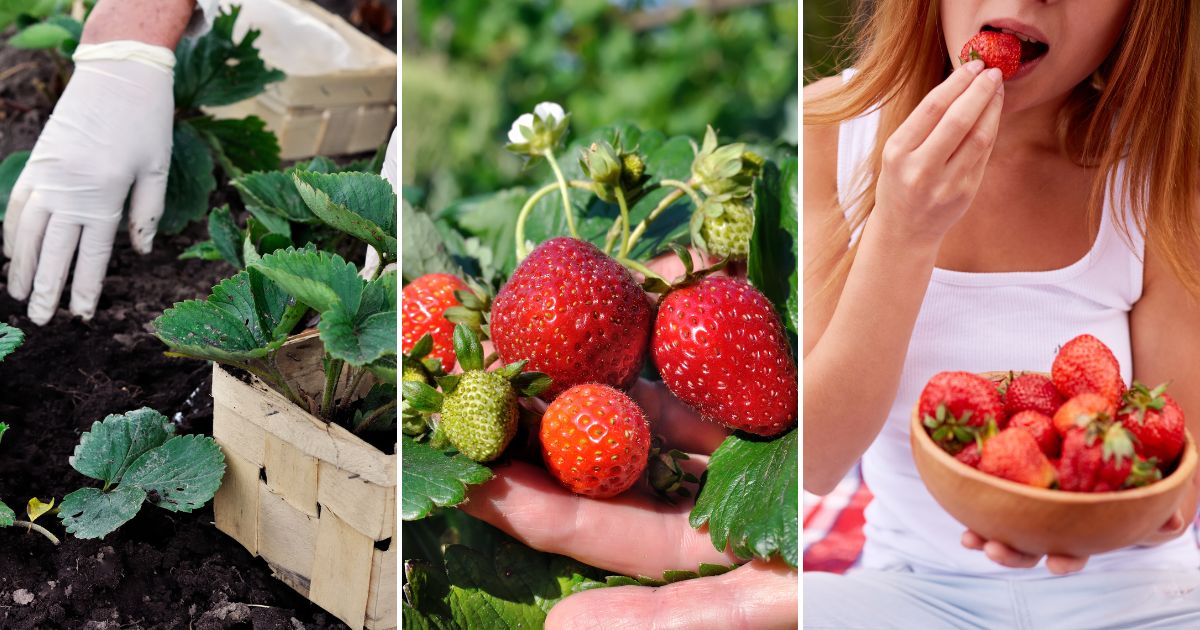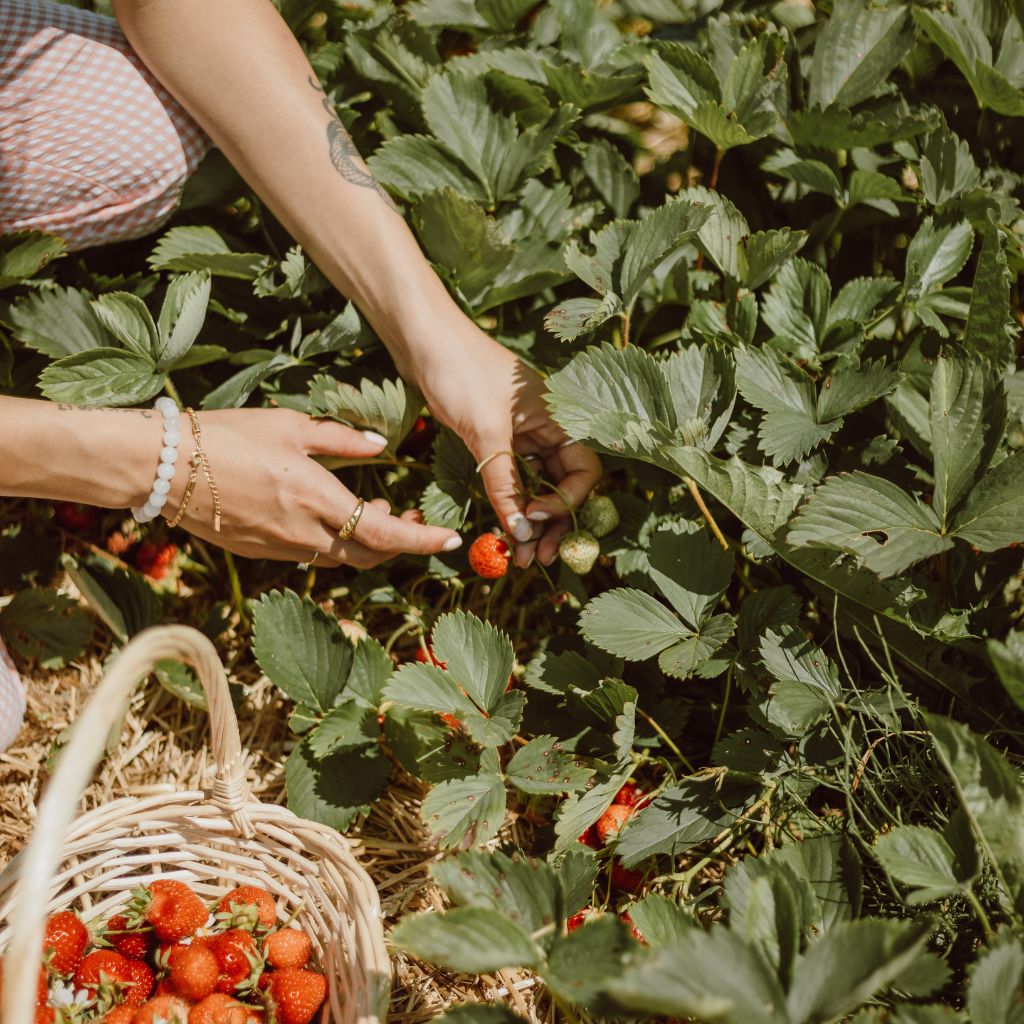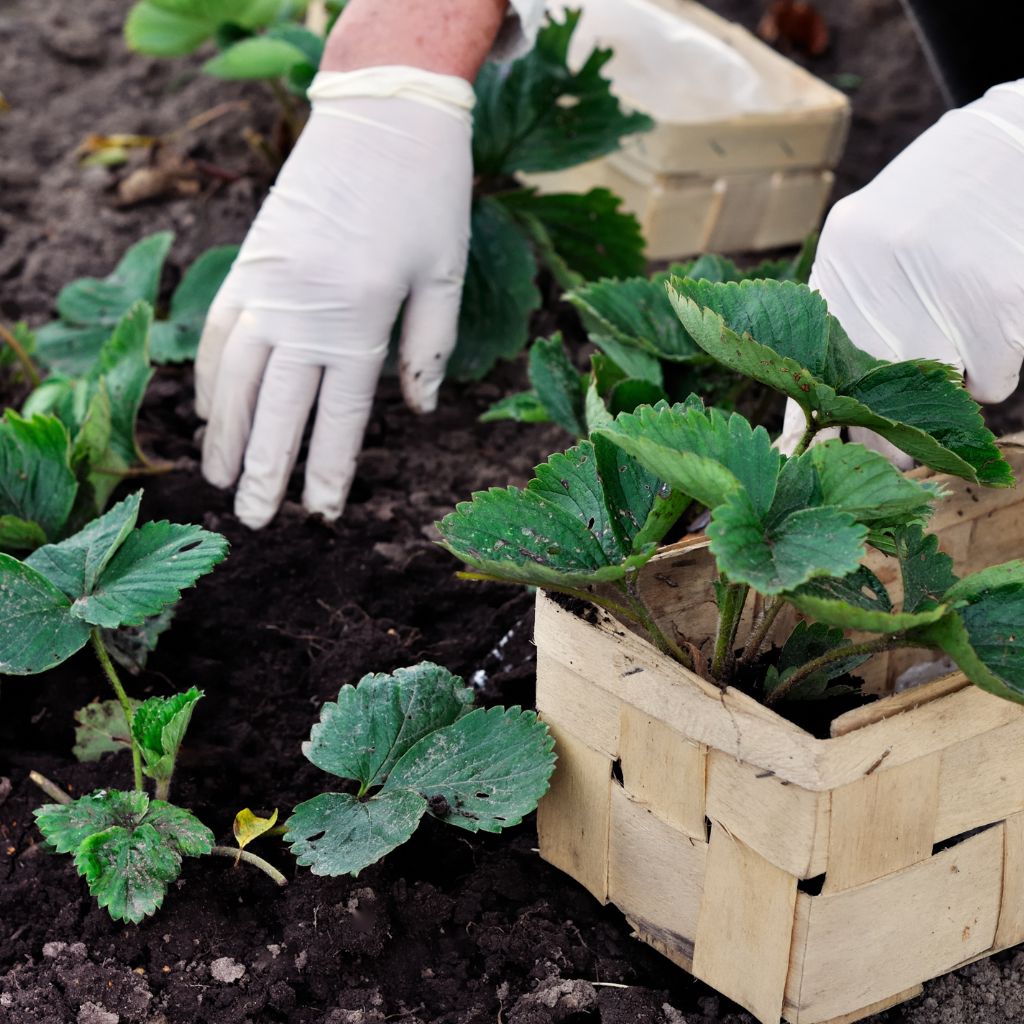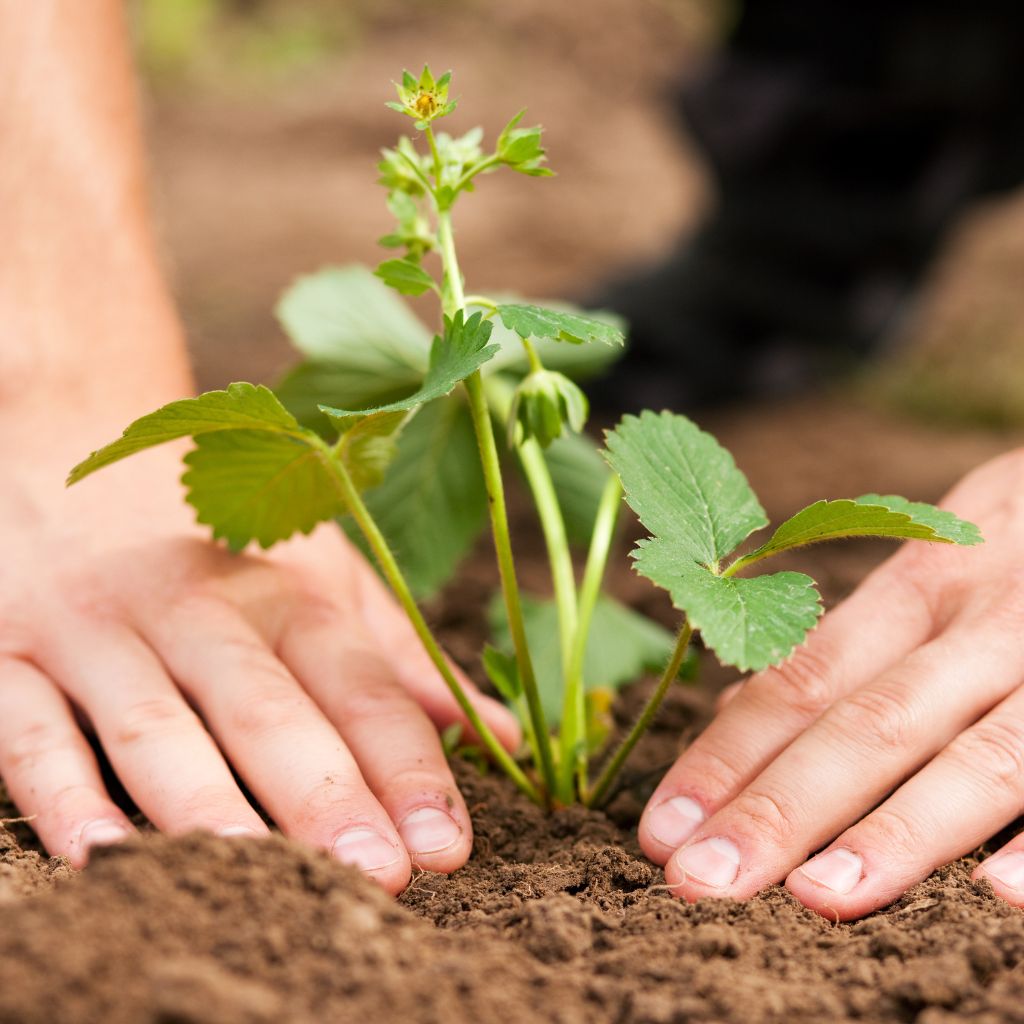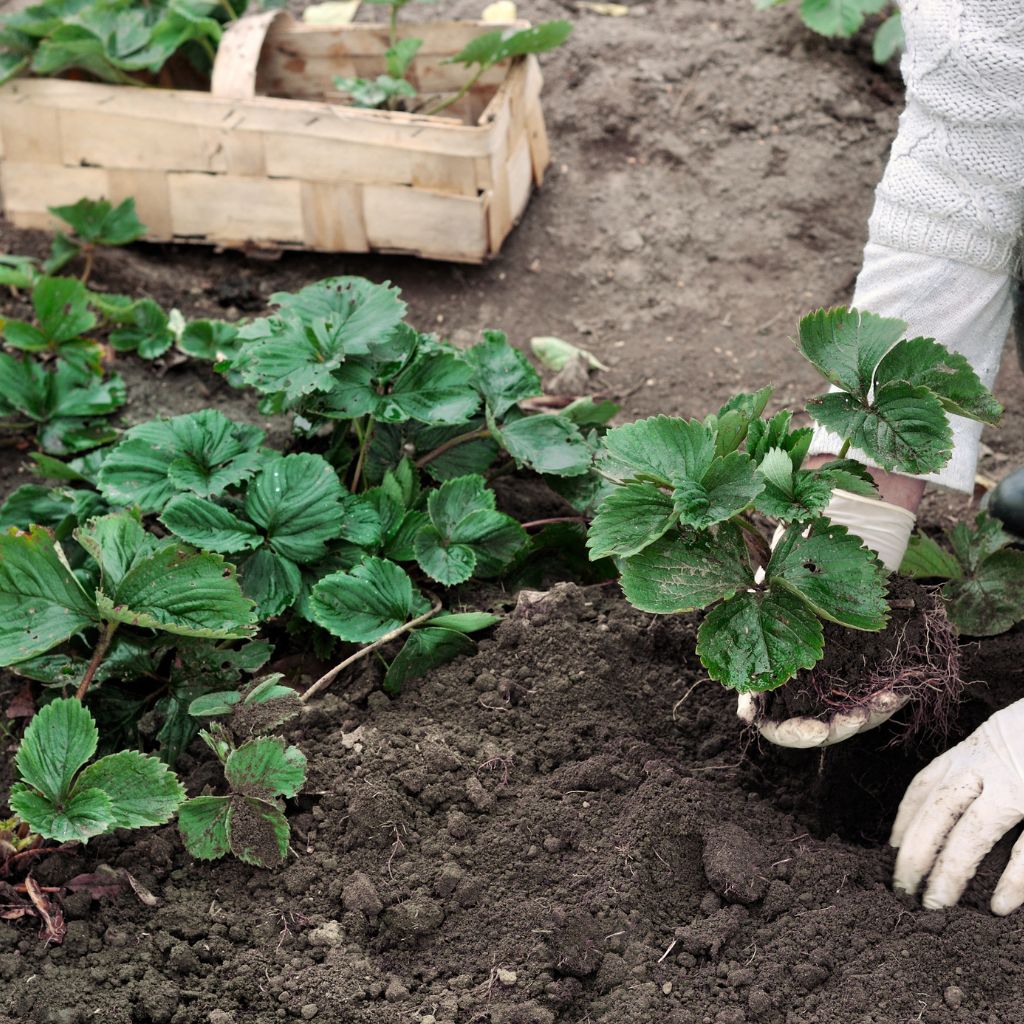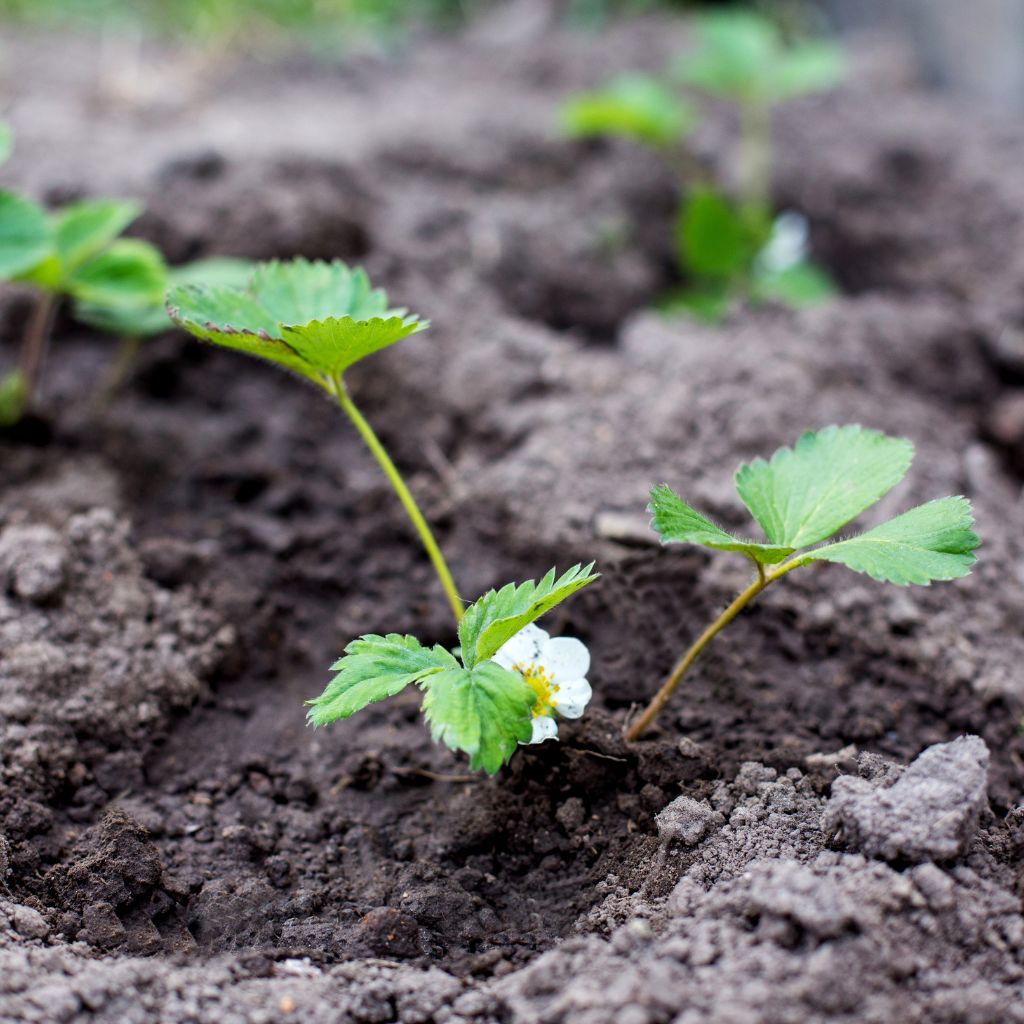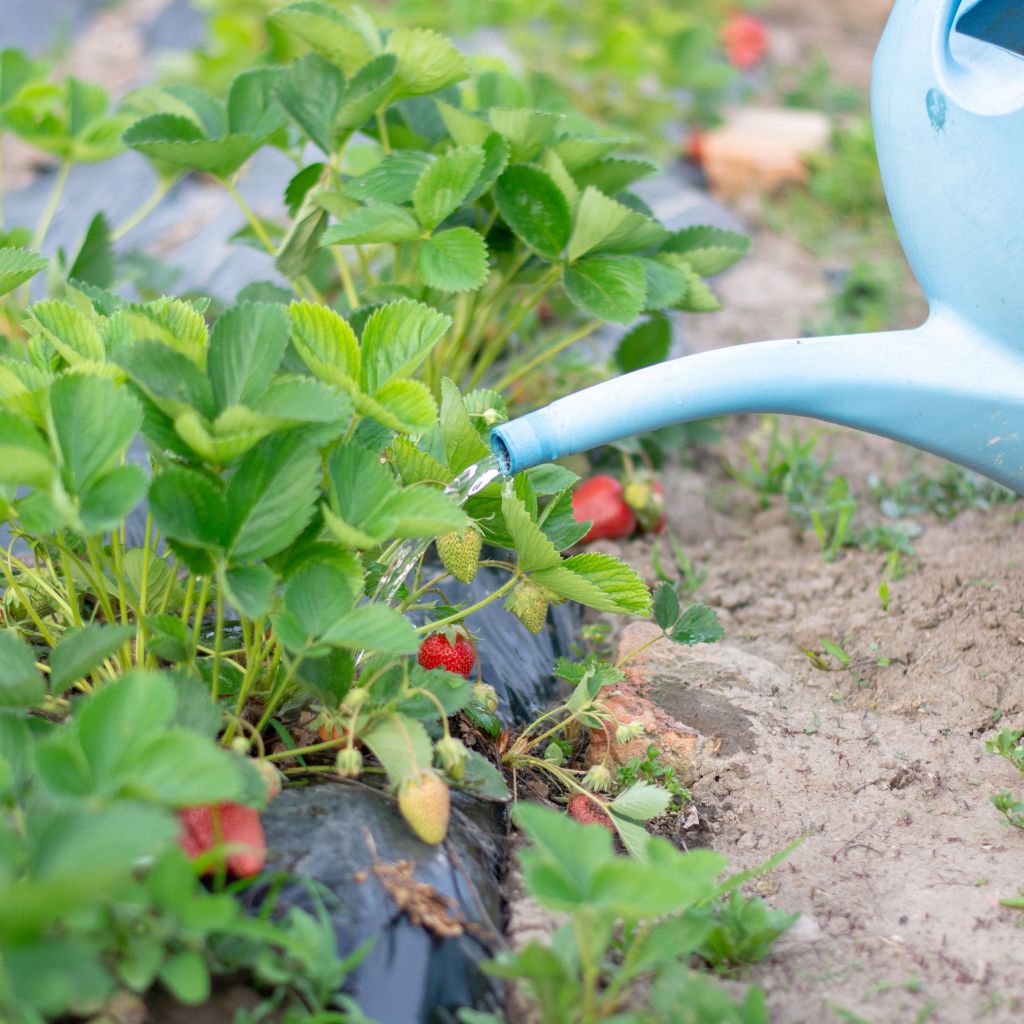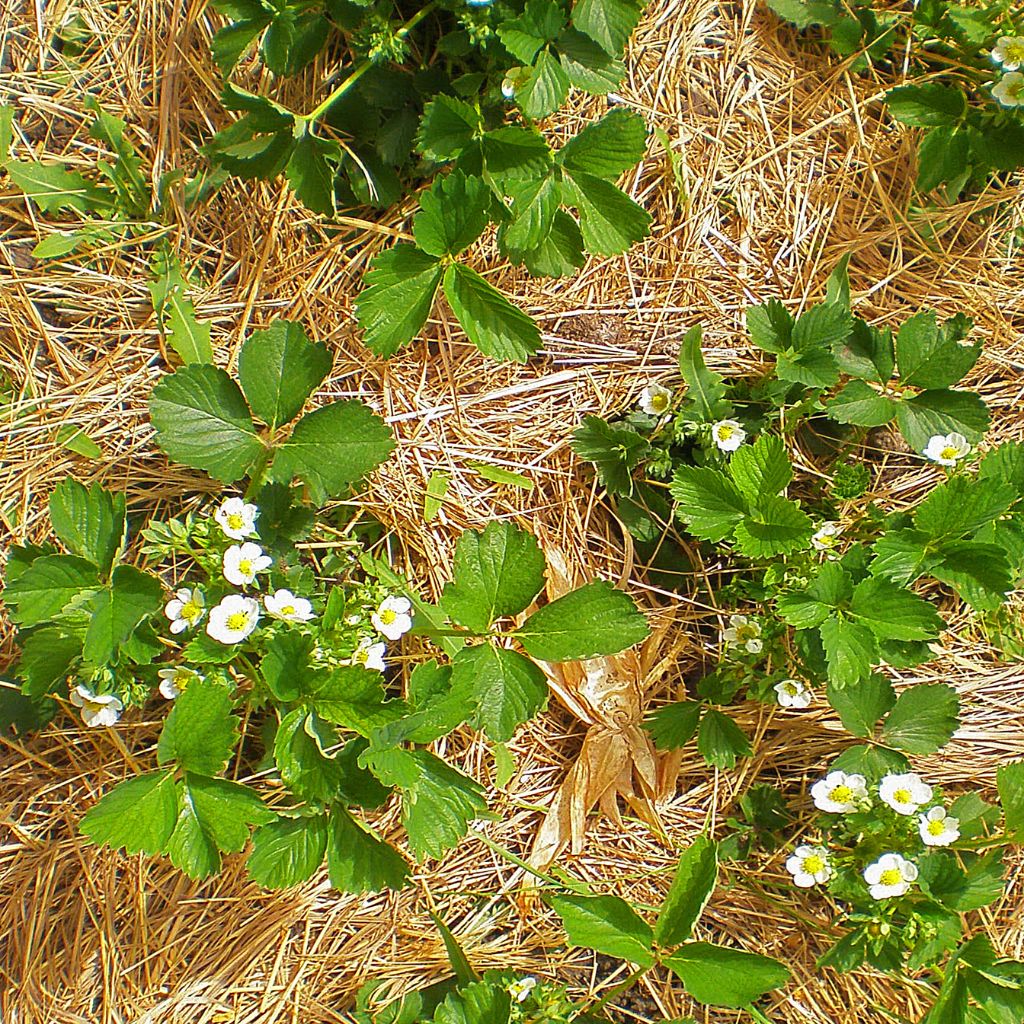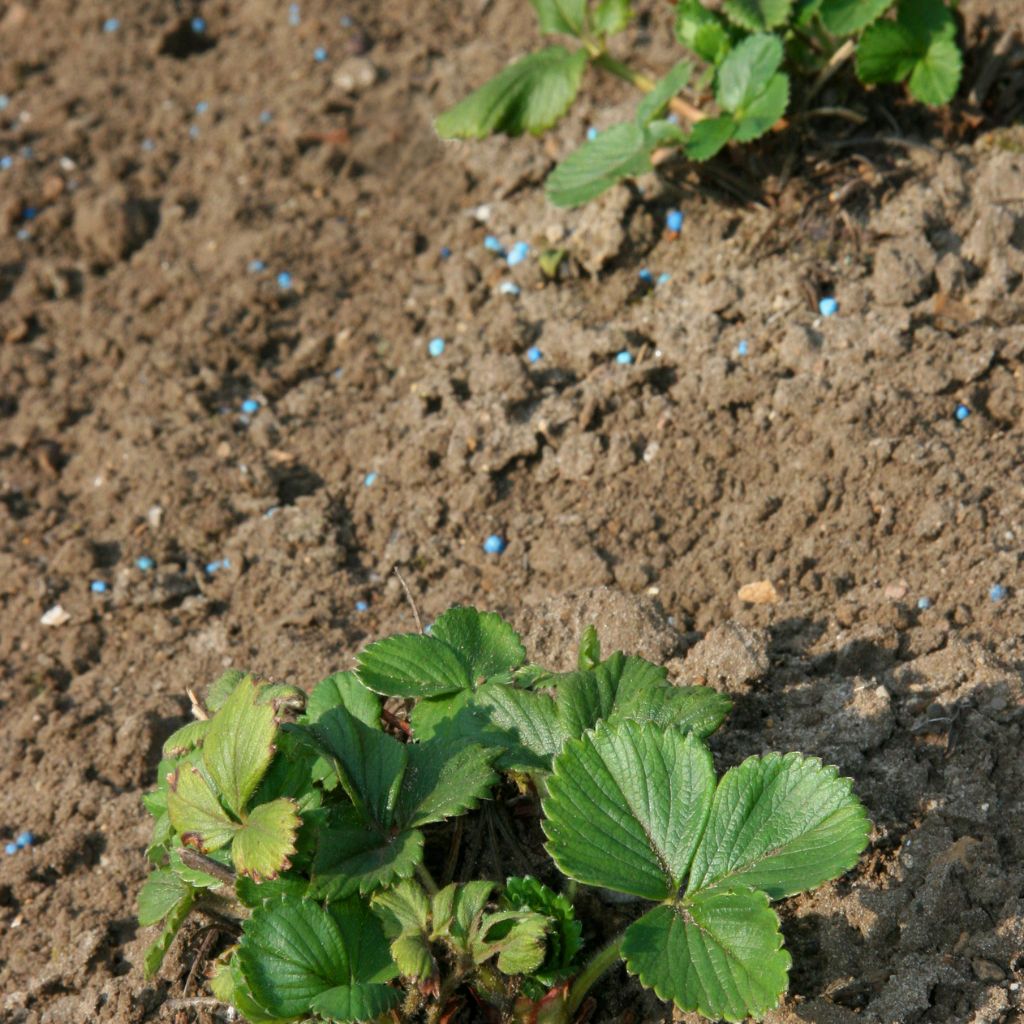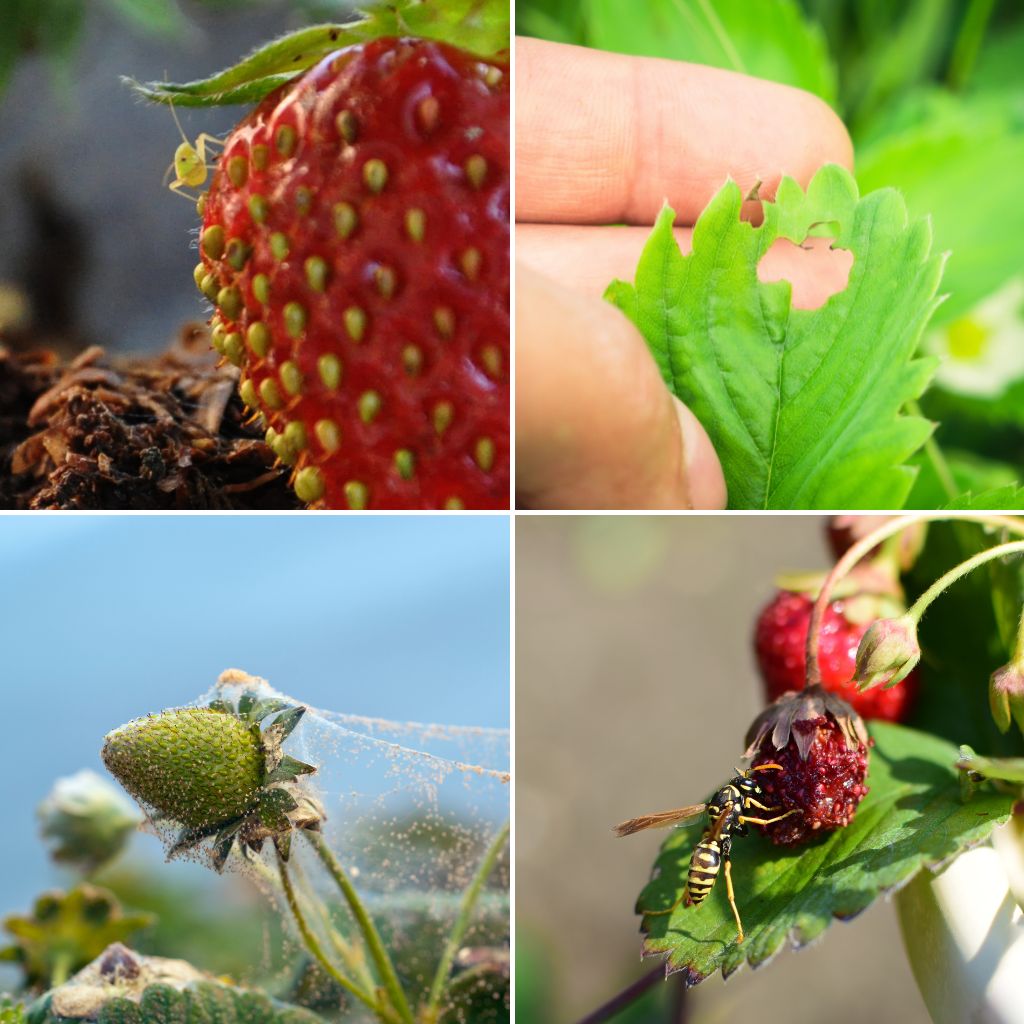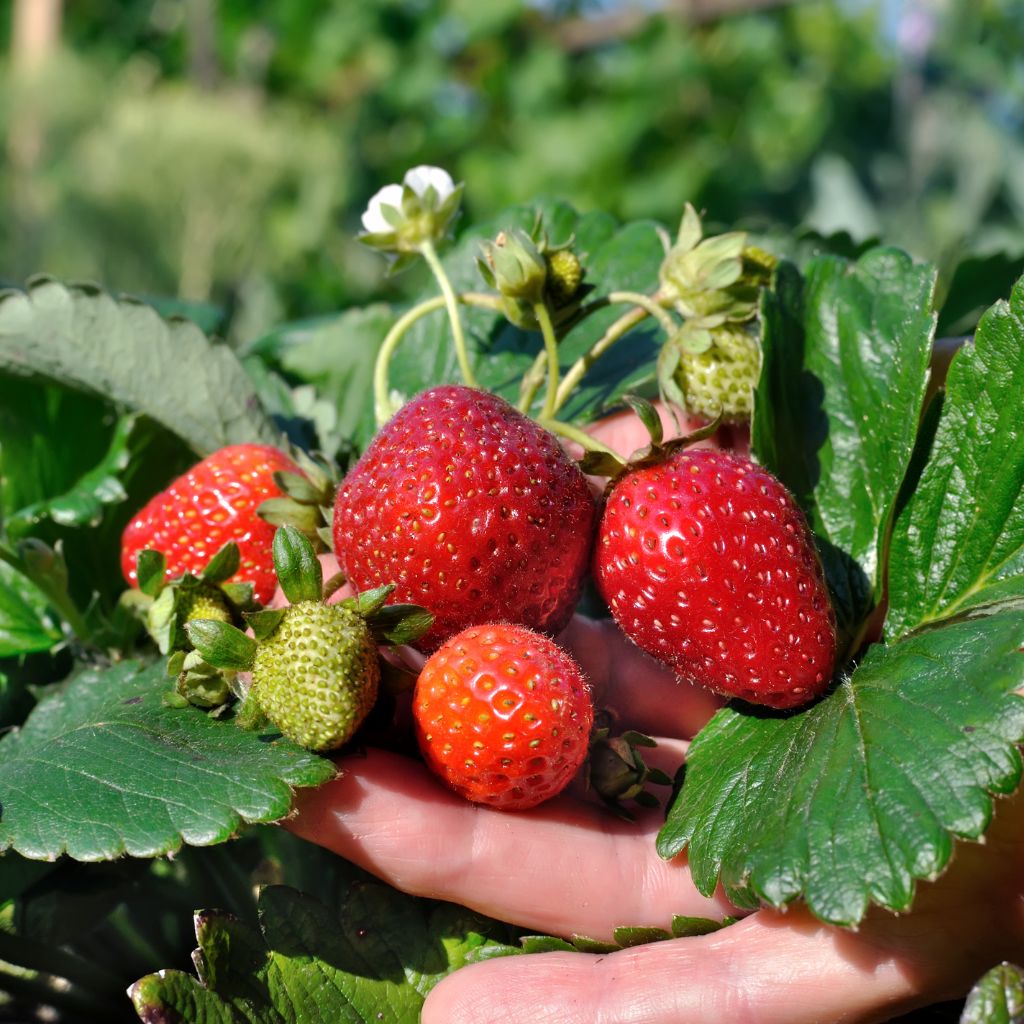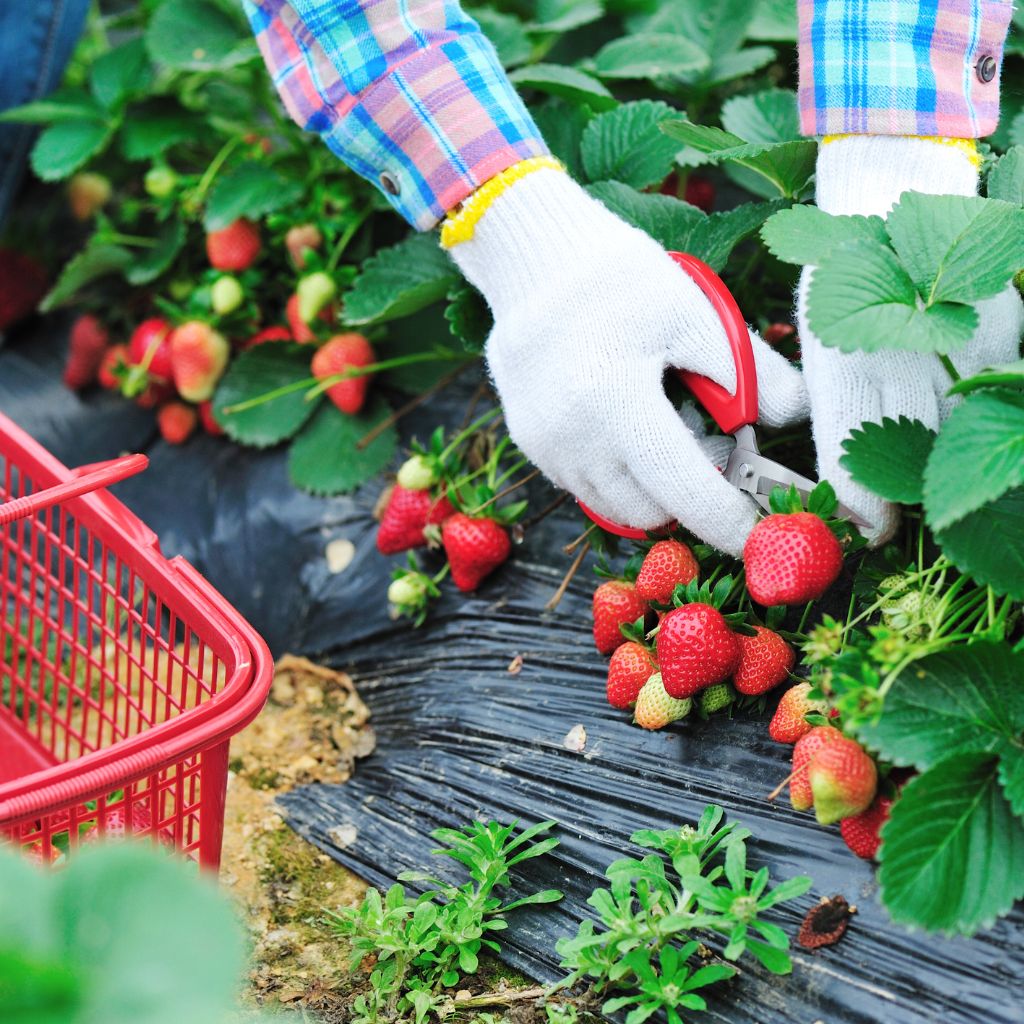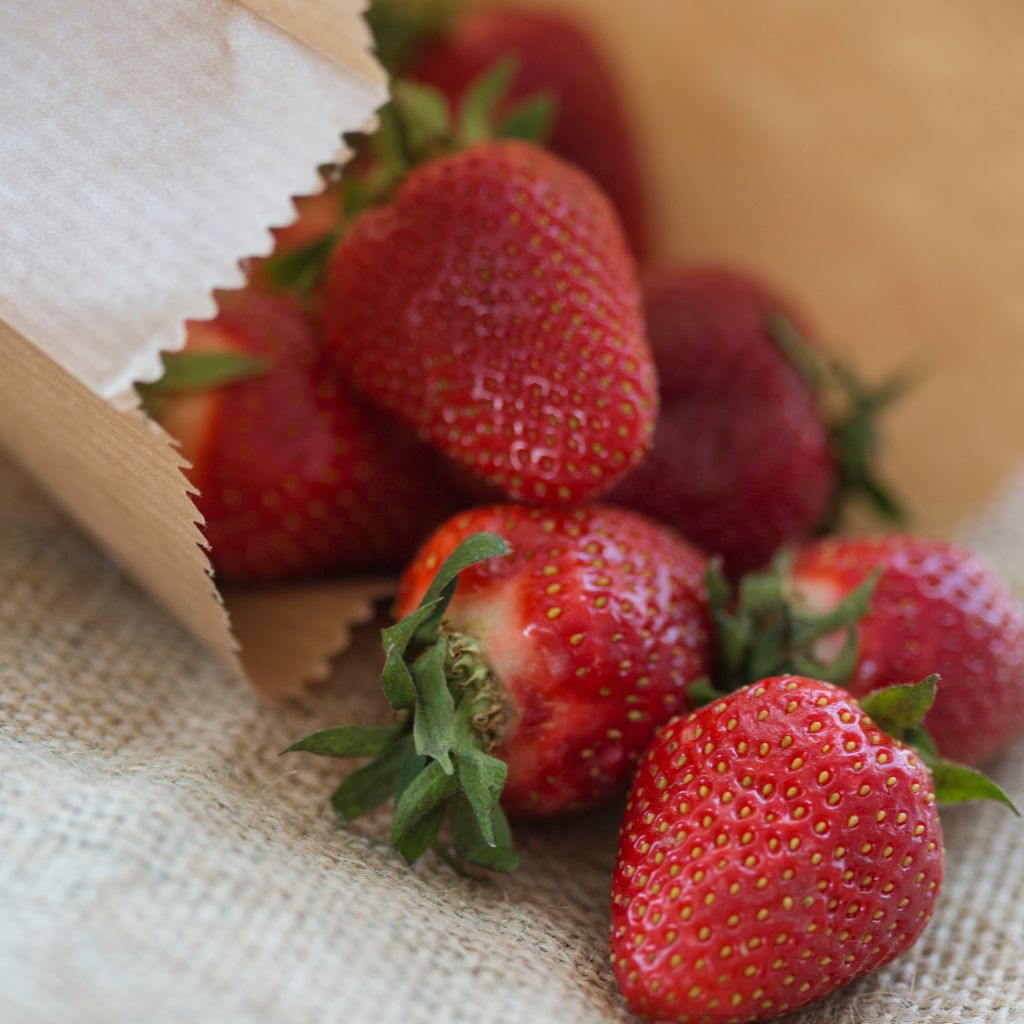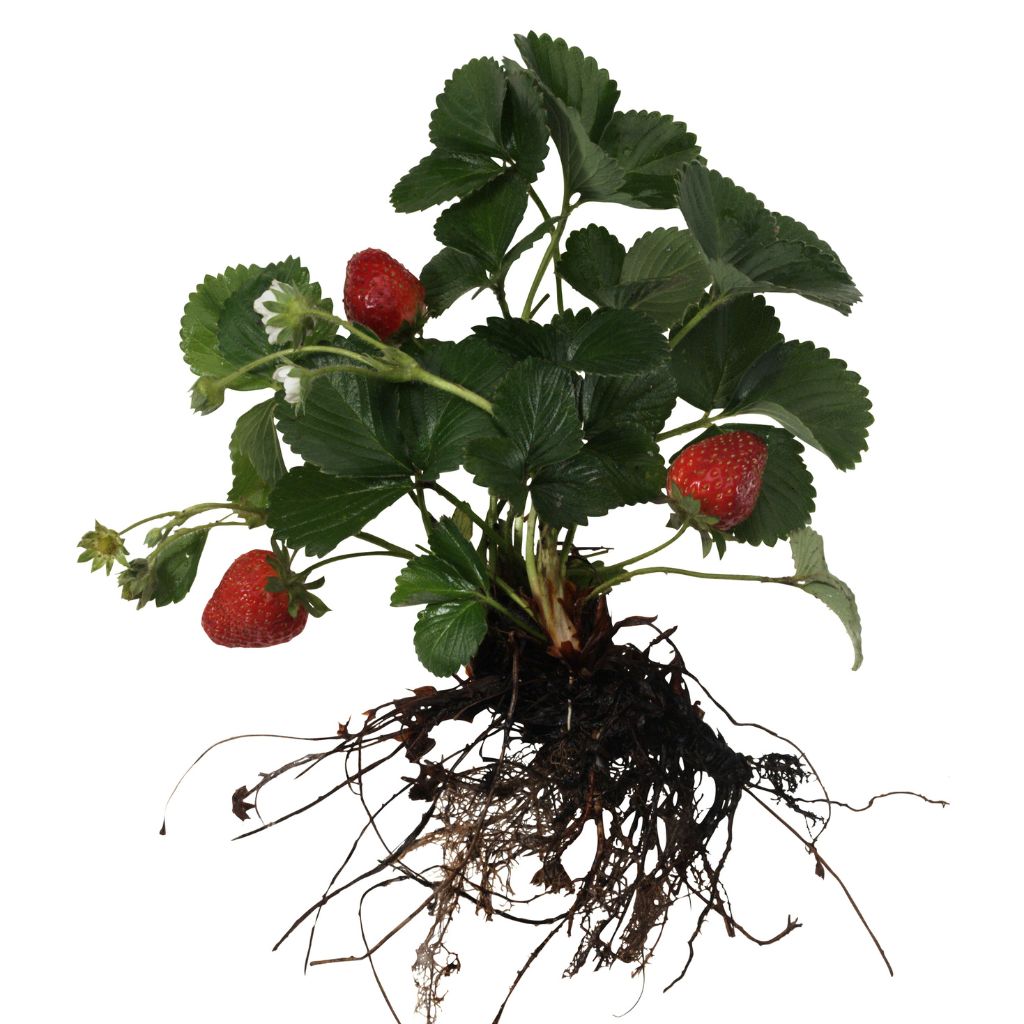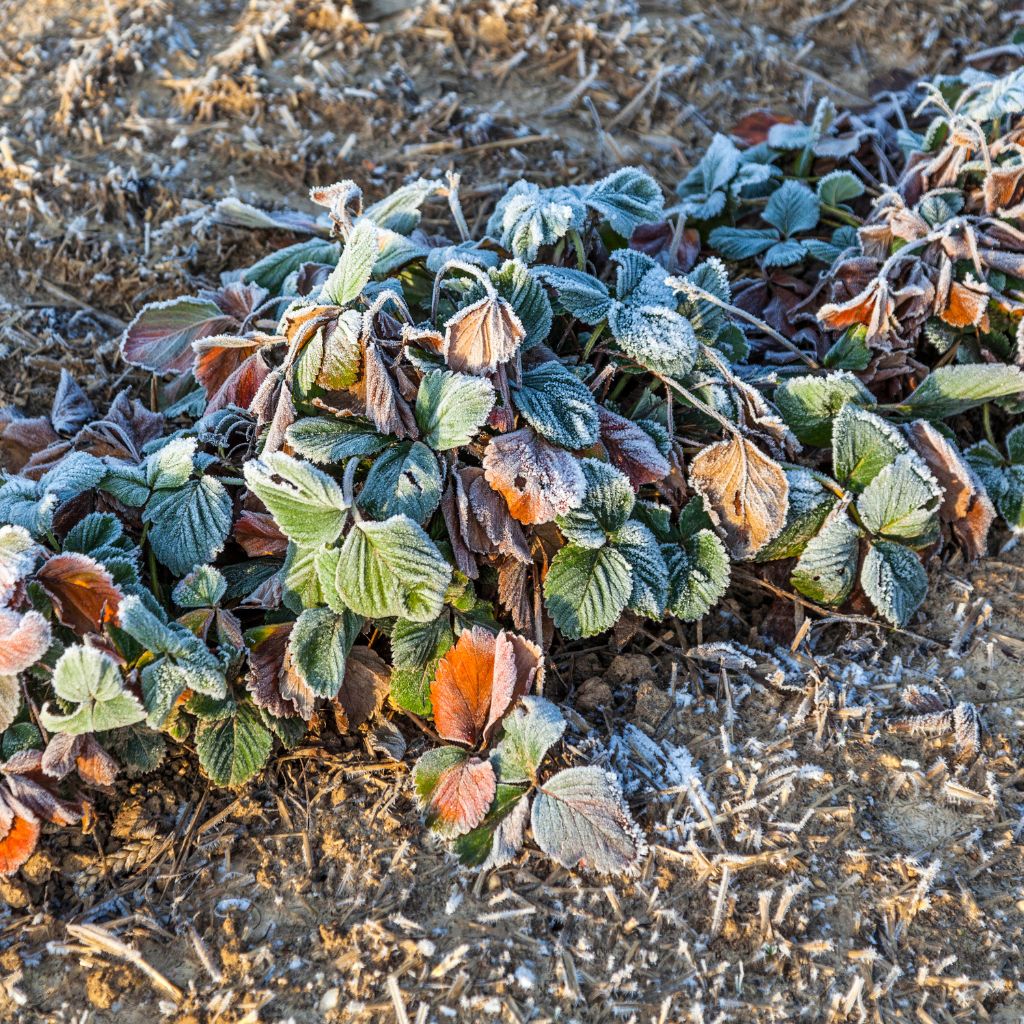Growing and harvesting delicious strawberries can be a rewarding experience for gardeners of all skill levels. With the right knowledge and care, anyone can enjoy plump, juicy berries right from their backyard.
Understanding Strawberry Plants
Strawberry plants are fascinating and relatively easy to cultivate. They come in various types, each with unique characteristics. Understanding these plants is key to growing a successful strawberry garden.
Types of Strawberry Plants
There are three main types of strawberry plants: June-bearers, everbearers, and day-neutral.
June-bearers produce a single, abundant crop in late spring. This variety thrives in most climates, making it popular among home gardeners.
Everbearers yield fruit continuously from spring through fall, allowing for a more extended harvesting season. These are great for those who want fresh strawberries for a longer period.
Day-neutral strawberries produce fruit throughout the growing season, regardless of day length. They can be cultivated in various regions, especially where temperatures are moderate.
Choosing the right type depends on local climate and personal preferences.
Benefits of Home-Grown Strawberries
Growing strawberries at home offers numerous benefits.
1. Flavor: Home-grown strawberries are often sweeter and more flavorful than store-bought varieties. They can be harvested at peak ripeness.
2. Freshness: Picking strawberries right from the garden ensures maximum freshness, which is vital for taste and nutrition.
3. Control: Home gardeners can control the growing conditions, including soil type and absence of harmful pesticides.
Additionally, growing strawberries can be a rewarding hobby. It provides a sense of achievement and connection to nature. Plus, it can be a fun activity for families.
Planning Your Strawberry Garden
Creating a successful strawberry garden requires careful preparation and attention to detail. Choosing the right location and preparing the soil are critical steps to ensure healthy plants and a bountiful harvest.
Choosing the Right Location
Selecting a location with ample sunlight is crucial for strawberry growth. Ideally, they need at least 6 to 8 hours of direct sunlight each day.
The site should have good drainage to prevent water from pooling. Checking for natural slopes can help with this. Additionally, avoiding low-lying areas can reduce the risk of frost damage.
Proximity to water sources is also important. Having an accessible water supply will make it easier to maintain consistent moisture levels. Lastly, consider spacing from other plants, as strawberries perform better when not overcrowded.
Soil Preparation
Healthy soil is essential for growing strawberries. The ideal pH level for strawberries ranges from 5.5 to 6.8. Conducting a soil test can help determine if adjustments are needed.
Amending the soil is crucial. Adding well-rotted manure or compost will enhance nutrient content. This also improves soil structure and drainage.
Before planting, it’s beneficial to till the soil to a depth of about 12 inches. This helps aerate the soil and breaks up any compacted areas.
Ensuring the soil is loose will facilitate root growth and water absorption. A well-prepared bed will support the strawberry plants throughout their growing season.
Planting Strawberries
Successful strawberry planting involves selecting the right time and using effective techniques to ensure a healthy crop. Proper planning lays the foundation for a fruitful strawberry garden.
Best Time to Plant
The ideal time for planting strawberries depends on the climate. In most regions, late winter to early spring is prime for planting bare-root strawberries. This timing allows plants to establish roots before the summer heat.
For those in warmer climates, the best time may be in the fall. Here, strawberries can produce strong growth before winter. When considering timing, remember these factors:
- Frost Dates: Avoid planting too early, as frost can damage young plants.
- Soil Temperature: Aim for soil temperatures between 60°F and 80°F for optimal growth.
Being mindful of local weather patterns helps in making informed decisions about planting times.
Planting Techniques
Using proper techniques ensures strawberry plants thrive. Here are basic tips:
- Soil Preparation: Choose well-draining soil enriched with organic matter. Aim for a pH level between 5.5 and 6.8.
- Spacing: Maintain spacing of 12 to 18 inches between plants. This gives each plant room to grow and promotes airflow.
- Planting Depth: Place the crown of the plant at soil level. Covering it too deeply can lead to rot, while exposing it can dry out the roots.
- Watering: After planting, thoroughly water the area to help settle the soil and eliminate air pockets.
By adhering to these methods, healthier and more productive strawberry plants can be achieved.
Caring for Strawberry Plants
To grow healthy strawberry plants, proper care is essential. This includes understanding their watering needs, applying mulch, managing weeds, and providing adequate fertilization.
Watering Requirements
Strawberry plants need consistent moisture to thrive. Watering should be done deeply, allowing soil to soak down about 6 to 8 inches. This encourages deep root growth, which helps the plants access nutrients.
A good rule of thumb is to provide about 1 to 1.5 inches of water per week. During hot, dry periods, daily watering may be necessary. Avoid overhead watering to reduce the risk of fungal diseases; instead, aim for a drip irrigation system or water at the base of the plants.
Mulching and Weed Control
Using mulch is vital for maintaining soil moisture and controlling weeds. Organic mulches, like straw or wood chips, help suppress weeds while breaking down and enriching the soil.
Apply a layer of mulch about 2 to 3 inches thick. This will keep the soil cool and reduce moisture evaporation. Regularly check for weeds and remove them promptly. Excess weeds can compete with strawberries for nutrients and water.
Fertilization Needs
Fertilization plays a key role in the health and productivity of strawberry plants. A balanced fertilizer, such as one with an N-P-K ratio of 10-10-10, can be applied in early spring as plants start to grow.
To avoid over-fertilization, follow the manufacturer’s instructions. A side-dressing in June during the growing season can promote more fruit production. Incorporating organic compost can also improve soil fertility and provide essential nutrients naturally.
Pest and Disease Management
Effective pest and disease management is crucial for healthy strawberry plants. By identifying common pests and employing disease prevention techniques, growers can protect their crops and ensure a bountiful harvest.
Common Pests
Strawberries are susceptible to various pests that can harm the plants and reduce fruit quality. Some of the most common pests include:
- Aphids: These tiny insects can weaken plants by sucking sap. Regular monitoring and the use of insecticidal soap can help control them.
- Spider Mites: They thrive in hot, dry conditions and can cause leaf discoloration. Increasing humidity and using miticides can mitigate their impact.
- Slugs and Snails: These mollusks feast on strawberries, especially in moist environments. Setting traps with beer or using diatomaceous earth can deter them.
Regular inspections and timely interventions are essential. Practicing crop rotation and introducing beneficial insects can also assist in keeping pest populations in check.
Disease Prevention
Preventing diseases in strawberries starts with choosing resistant varieties. Crop rotation and maintaining proper spacing between plants enhance airflow, reducing humidity that fosters fungal diseases.
Key practices include:
- Mulching: Use organic or black plastic mulch to keep soil moisture levels stable and prevent soil-borne diseases.
- Water Management: Watering in the morning helps prevent prolonged leaf wetness, which can lead to fungal infections.
- Regular Pruning: Removing dead or diseased foliage minimizes the risk of spreading pathogens.
Maintaining a clean garden by removing debris and practicing proper sanitation can significantly reduce disease occurrence. Regular monitoring will ensure any issues are addressed swiftly, promoting healthier strawberries.
Harvesting and Storing Strawberries
Harvesting strawberries at the right moment ensures maximum flavor and quality. Proper storage methods will help maintain their freshness. Attention to detail in these stages can lead to a delightful strawberry experience.
Signs of Ripeness
A perfectly ripe strawberry displays deep red color. Look for even coloration without any green or white patches. The berry should be firm yet slightly soft to the touch.
A ripe strawberry will also have a sweet, fragrant aroma. This scent indicates that it has matured sufficiently. Taste testing may also be a good option; if it’s sweet, it’s time to harvest.
Pay attention to the size as well. While some varieties produce smaller berries, larger is often better. Avoid picking fruit that is overly soft or has signs of spoilage.
Proper Harvesting Technique
Use scissors or garden shears for harvesting. This method prevents damage to the berry and the plant. Cut the stem about one inch above the berry.
Collect berries in shallow containers to prevent crushing. Stacking them can lead to bruising and spoilage quickly. Aim to harvest in the morning after the dew has dried for the best taste.
If rain has occurred recently, wait until they dry to prevent fungal infection. Also, pick strawberries throughout the season every few days to encourage more growth.
Storage Tips
Store harvested strawberries in the refrigerator. Keeping them at temperatures between 32°F to 36°F will maintain freshness. Do not wash them until ready to eat, as moisture can lead to mold.
Use a breathable container like a colander or a paper bag. Avoid sealing them in airtight containers, as this traps moisture.
Consume strawberries within a week for optimal taste and texture. Freezing strawberries is an option for longer storage. Clean, hull, and place them in a single layer on a baking sheet before transferring to freezer bags.
Propagating Strawberry Plants
Propagating strawberry plants can be a rewarding way to expand a garden or create new plants for friends. Two popular methods include runner planting and the division method. Both techniques are effective in producing healthy strawberry plants.
Runner Planting
Strawberries naturally produce runners, or stolons, which are long stems that extend from the parent plant. These runners can take root and form new plants.
To propagate using this method, begin by identifying healthy mother plants that are producing runners.
1. Select a Runner: Choose a runner that has several leaves and small root structures.
2. Prepare the Soil: Create a suitable planting hole in well-draining soil enriched with compost.
3. Planting: Nestle the runner’s root tip into the soil, ensuring the leaves remain above the surface.
4. Watering: Gently water the new plant and keep the soil moist until established.
In a few weeks, the new plant will root and can be severed from the mother plant for independent growth.
Division Method
The division method involves physically separating established plants to encourage new growth. This method is ideal for perennials or older strawberry plants.
1. Timing: The best time to divide strawberry plants is in early spring or late summer.
2. Digging Up the Plants: Carefully dig around the base of the plant, lifting it out of the soil.
3. Separating: Gently pull apart the plant into smaller sections, each with roots and at least one crown.
4. Replanting: Place the divided sections into prepared soil, ensuring adequate spacing for growth.
This method not only rejuvenates plants but also increases yield and strengthens the overall strawberry patch.
End of Season Care
At the end of the growing season, caring for strawberry plants is crucial. This involves proper pruning and preparing the plants for winter to ensure a healthy crop next year.
Pruning and Renovation
Pruning strawberry plants is vital to maintain their health. It helps eliminate sick or weak foliage and encourages new growth.
In late summer to early fall, one should remove dead or yellowing leaves. This prevents disease and boosts air circulation. It’s also a good idea to cut back any runners, as they can drain energy from the main plant.
For June-bearing varieties, after harvest is the best time to renovate. This includes thinning out plants to about 4-6 inches apart. Encouraging healthy foliage can lead to better fruit production next season.
Preparing for Winter
Preparing strawberry plants for winter is essential in colder climates. It safeguards them against extreme temperatures and frost damage.
Post-pruning, mulch is beneficial. Straw, wood chips, or shredded leaves can insulate the roots. A layer of about 3-4 inches helps maintain soil temperature.
As winter approaches, it’s important to monitor weather conditions. If extreme cold is predicted, additional protective measures like row covers may be necessary. This ensures the plants stay healthy and rejuvenated for a fruitful spring.
Enjoying Your Strawberries
Strawberries offer delightful ways to savor their fresh flavor. From simple recipes to methods for preserving the harvest, there are many enjoyable options.
Fresh Recipes
Fresh strawberries can enhance various dishes. They are perfect for adding sweetness to salads, desserts, or breakfast options. Consider these ideas:
Strawberry Salad: Combine fresh strawberries with mixed greens, feta cheese, walnuts, and a light vinaigrette for a refreshing salad.
Strawberry Smoothie: Blend strawberries with yogurt or almond milk and a banana for a creamy, nutritious drink.
Strawberry Shortcake: Layer sliced strawberries over biscuits, topped with whipped cream for a classic dessert.
Using seasonal fruits ensures the optimum flavor and nutrition. Experiment with these recipes to find the perfect way to enjoy strawberries.
Preserving Your Harvest
For those who want to savor strawberries beyond the harvest season, preserving them is ideal. Home preservation methods include:
Freezing: Wash and hull strawberries, then freeze them on a baking sheet. Once frozen, transfer to airtight bags.
Canning: Prepare strawberry jam by cooking berries with sugar and pectin. Store in sterilized jars for long-lasting enjoyment.
Dehydrating: Slice strawberries and use a dehydrator to create chewy snacks.
Choosing the right preservation method allows for year-round enjoyment. Ensure proper techniques are followed for the best results.
